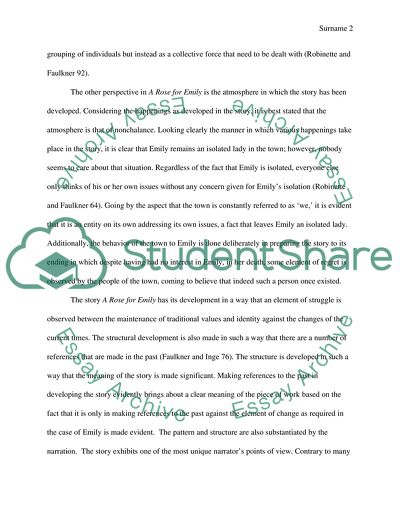Cite this document
(Perspectives in A Rose for Emily Literature review, n.d.)
Perspectives in A Rose for Emily Literature review. Retrieved from https://studentshare.org/literature/1834251-a-rose-for-emily
Perspectives in A Rose for Emily Literature review. Retrieved from https://studentshare.org/literature/1834251-a-rose-for-emily
(Perspectives in A Rose for Emily Literature Review)
Perspectives in A Rose for Emily Literature Review. https://studentshare.org/literature/1834251-a-rose-for-emily.
Perspectives in A Rose for Emily Literature Review. https://studentshare.org/literature/1834251-a-rose-for-emily.
“Perspectives in A Rose for Emily Literature Review”. https://studentshare.org/literature/1834251-a-rose-for-emily.


